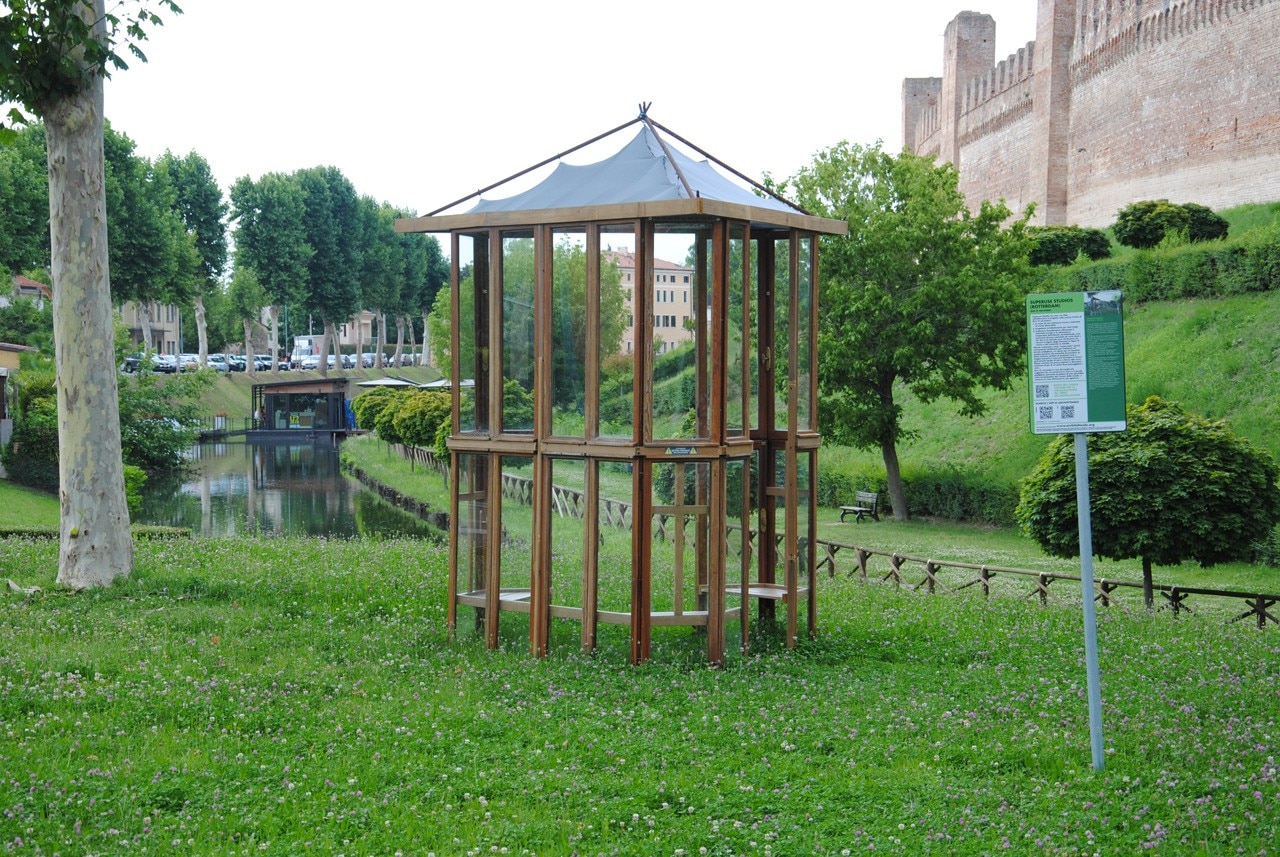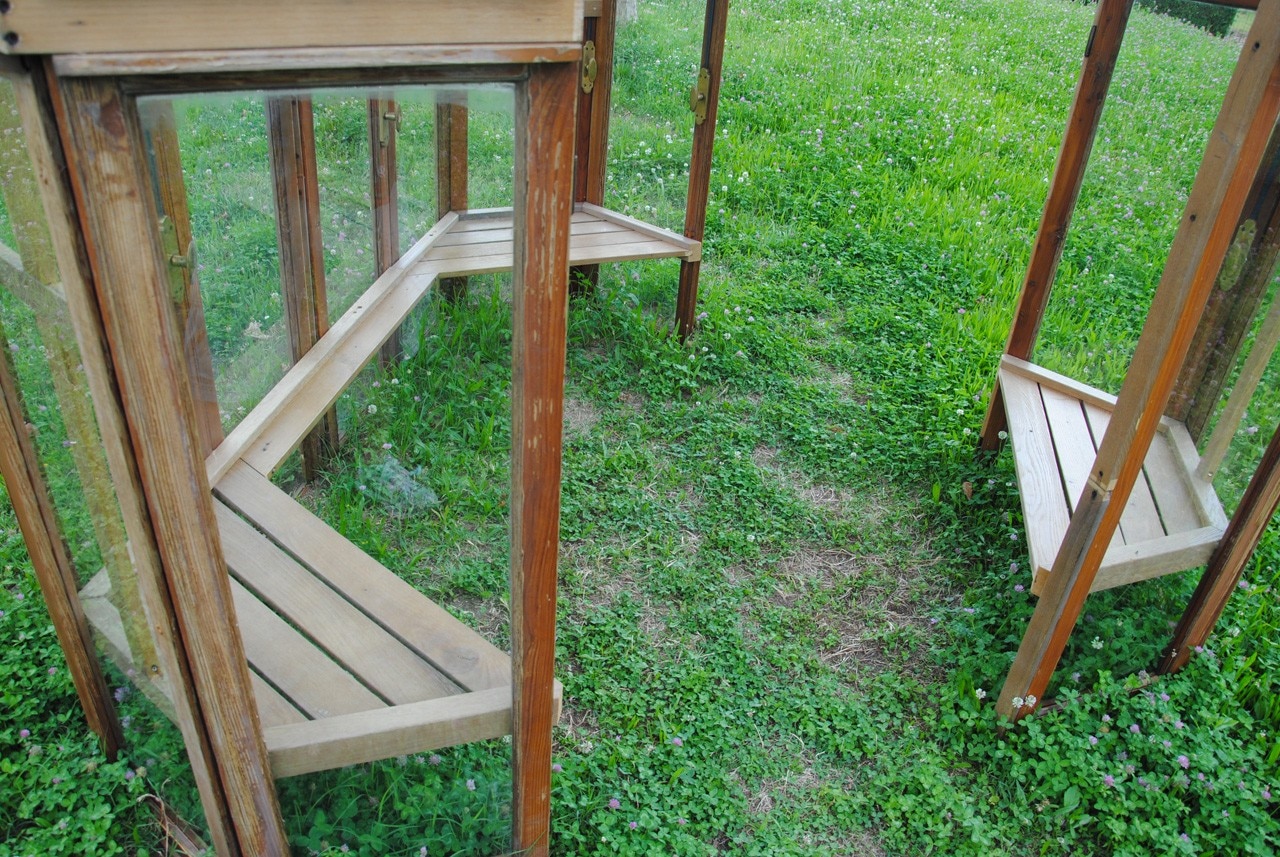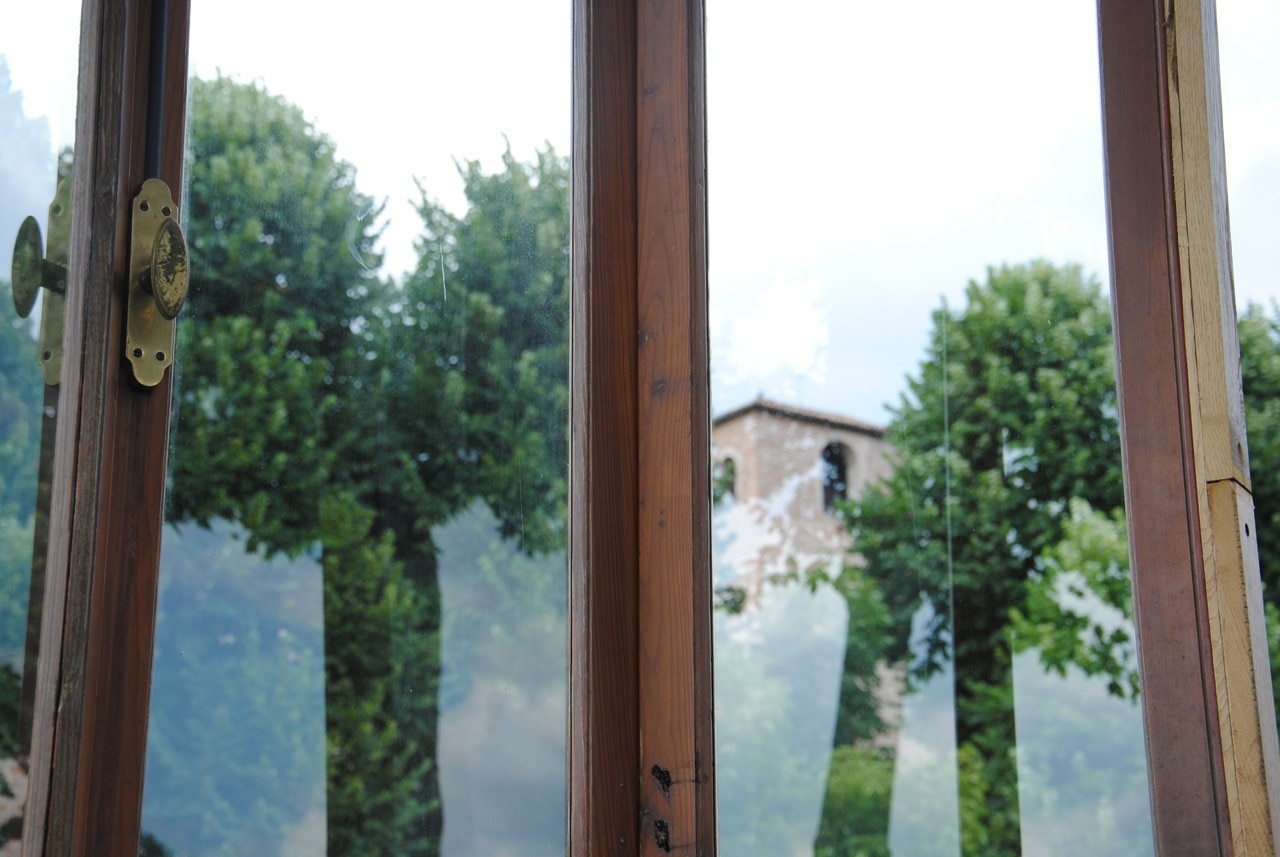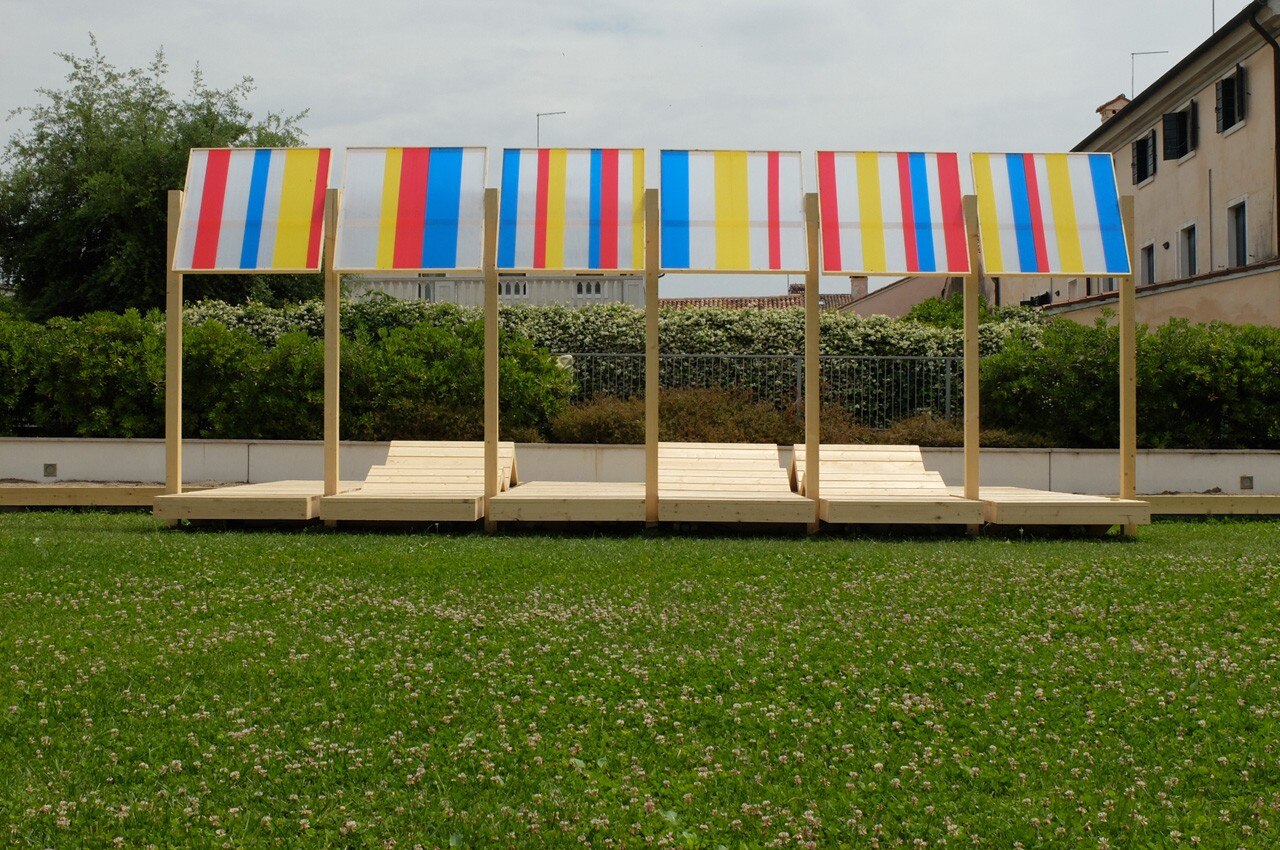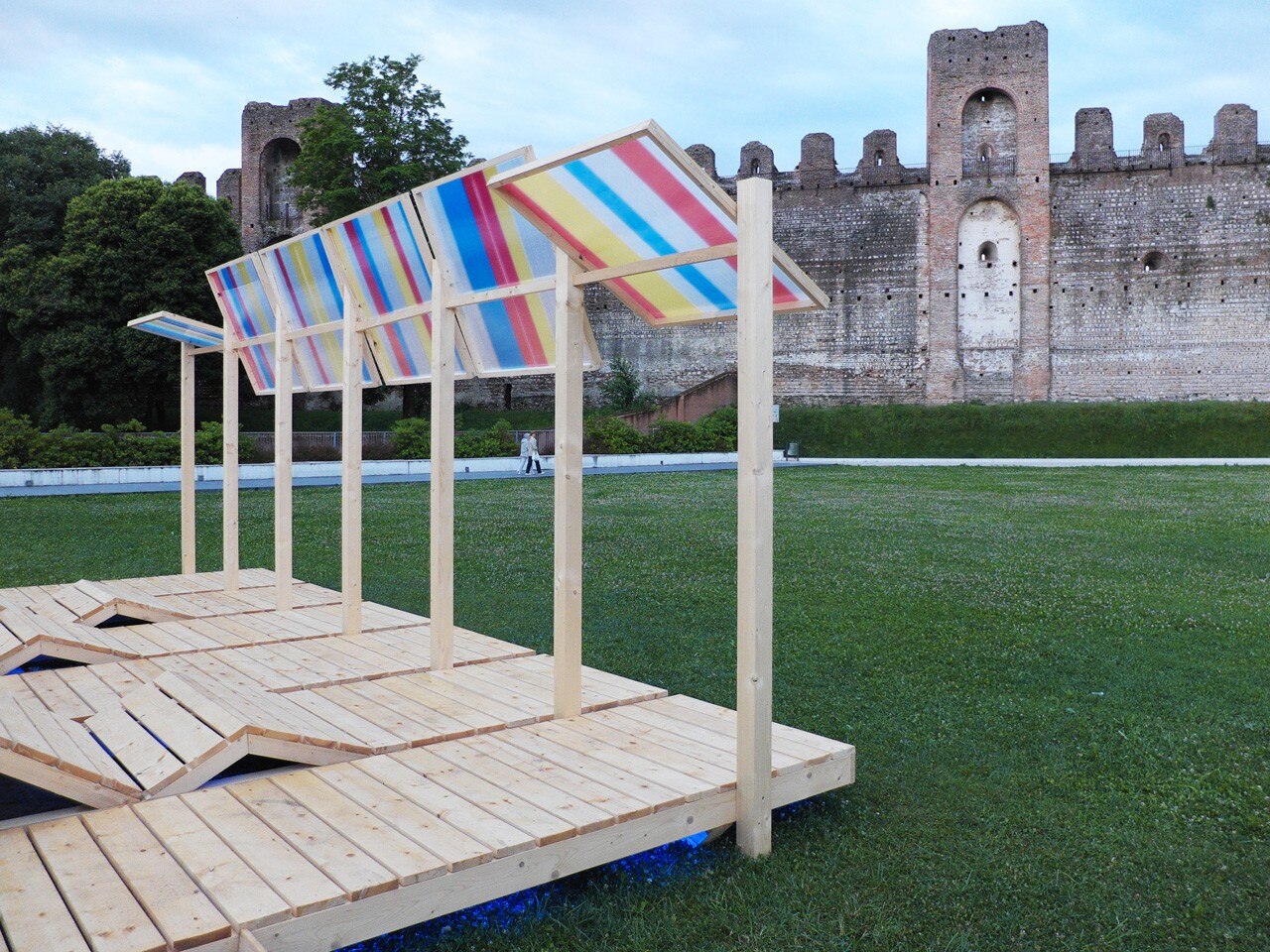
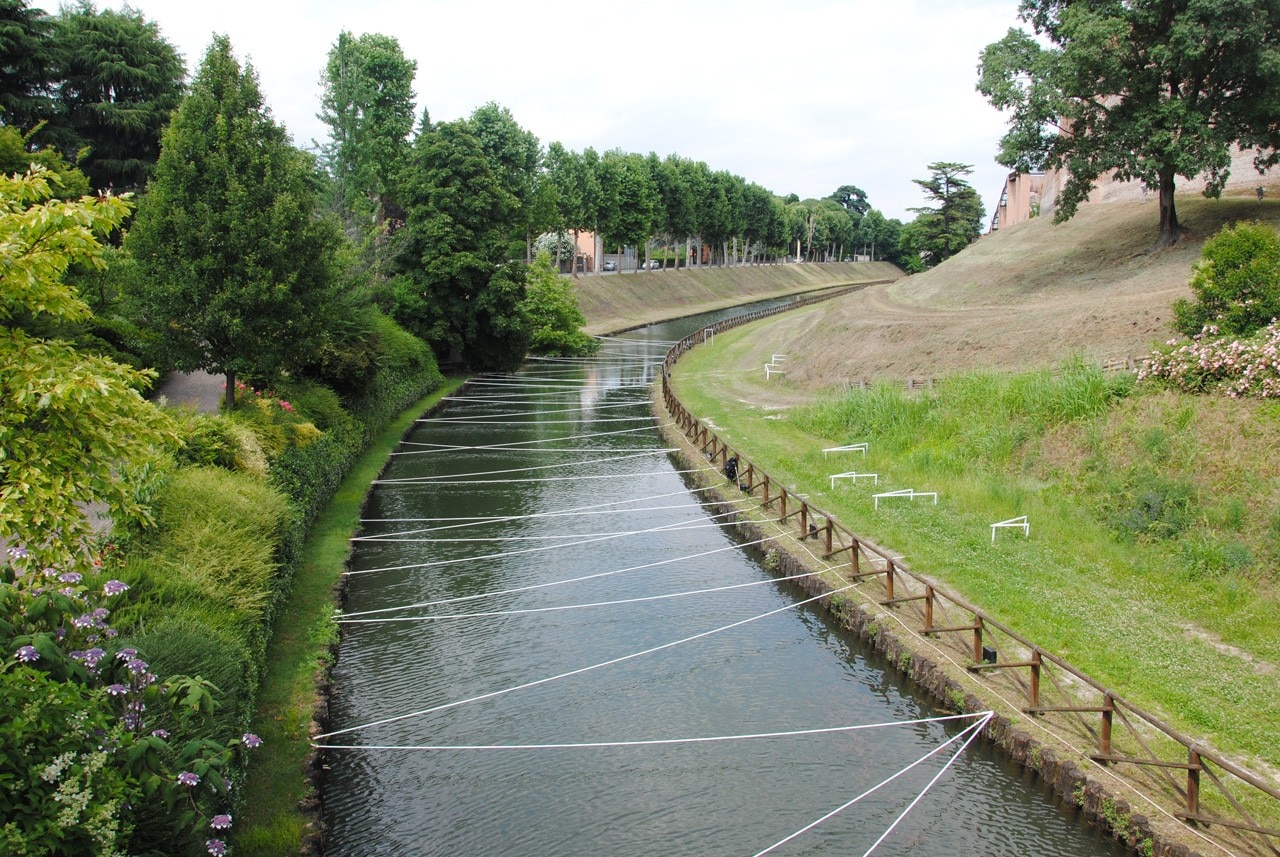
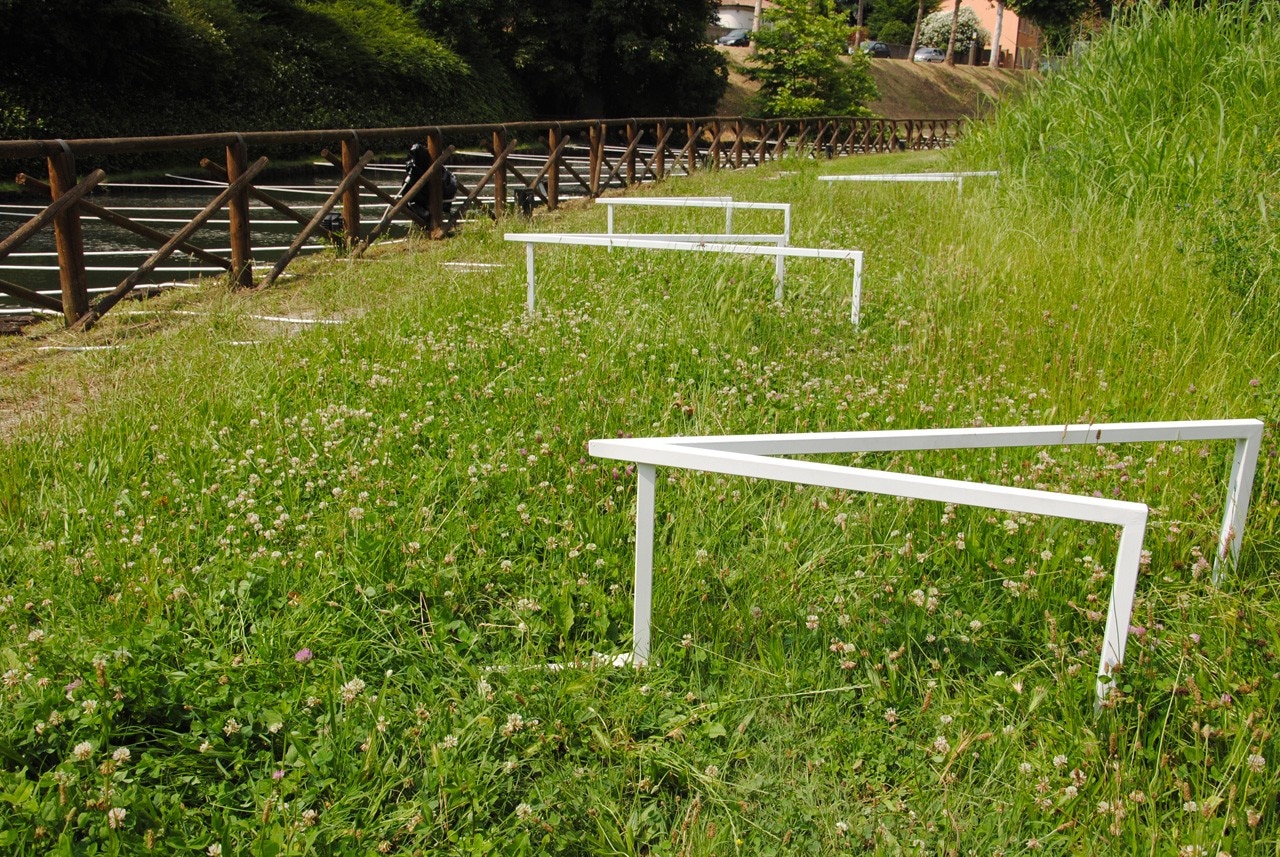
Allowed a challengingly low budget, the chosen collectives – representatives of that nomadic, enthusiastic, enterprising and multidisciplinary leaning that lies hidden in every contemporary design office – conceived and, aided by the local population, built four transient pieces of architecture that highlight the potential of four places abandoned because seemingly devoid of manifest values.
The installations were inaugurated by a Bernardo Secchi and Paola Viganò masterclass and subsequently hosted various events, including itinerant lectures and theatrical performances, demonstrating their ability to reactivate residual spaces on a scale of 1:1.
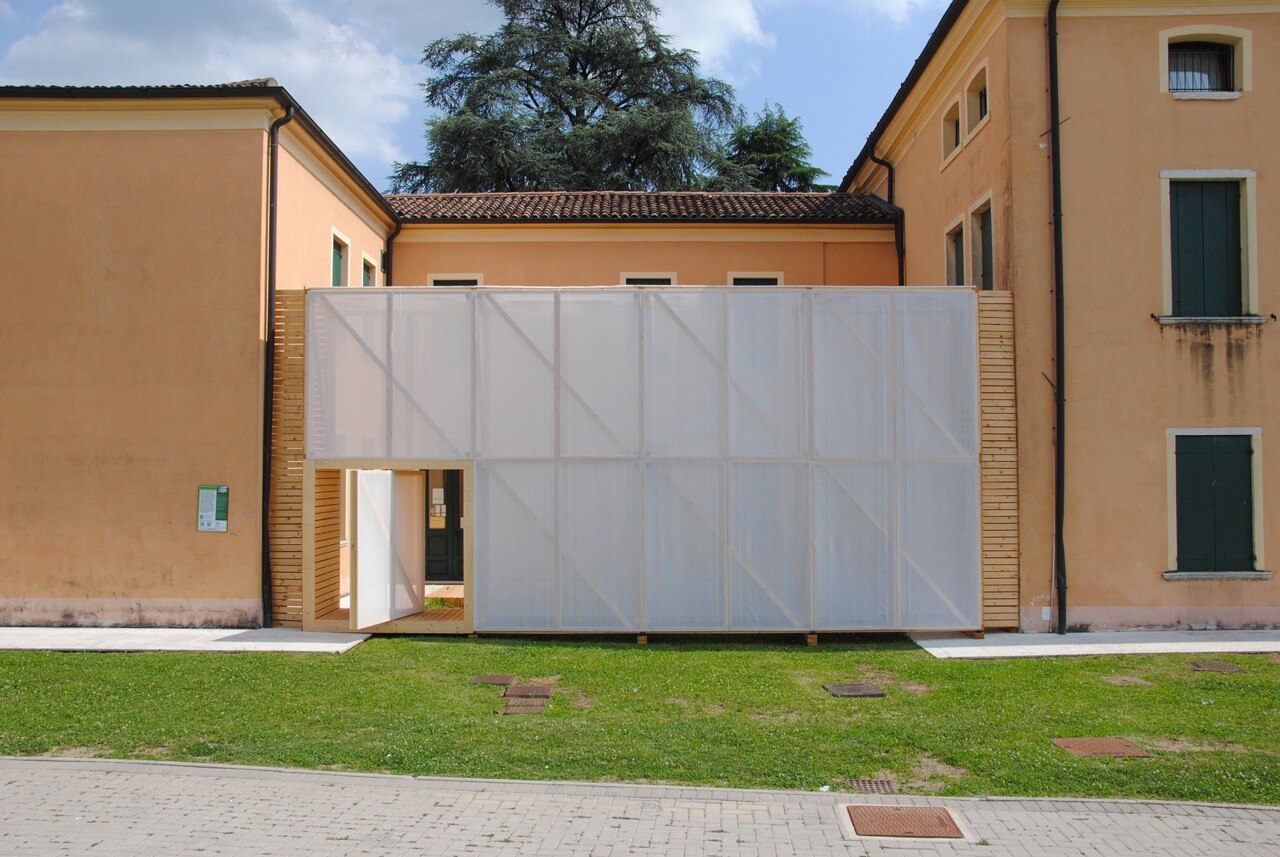
As already mentioned, the language jokingly imposed by the event’s organisers was that of play and how this primordial activity that has accompanied mankind since the very beginning of its existence can (and sometimes must) assume a crucial role in the creative process, repositioning the figure of the architect and leaving him/her free to experiment with new languages, new logics and even new rules.
The play concept was also a common denominator in the series of talks held during the three weeks of A-Way.
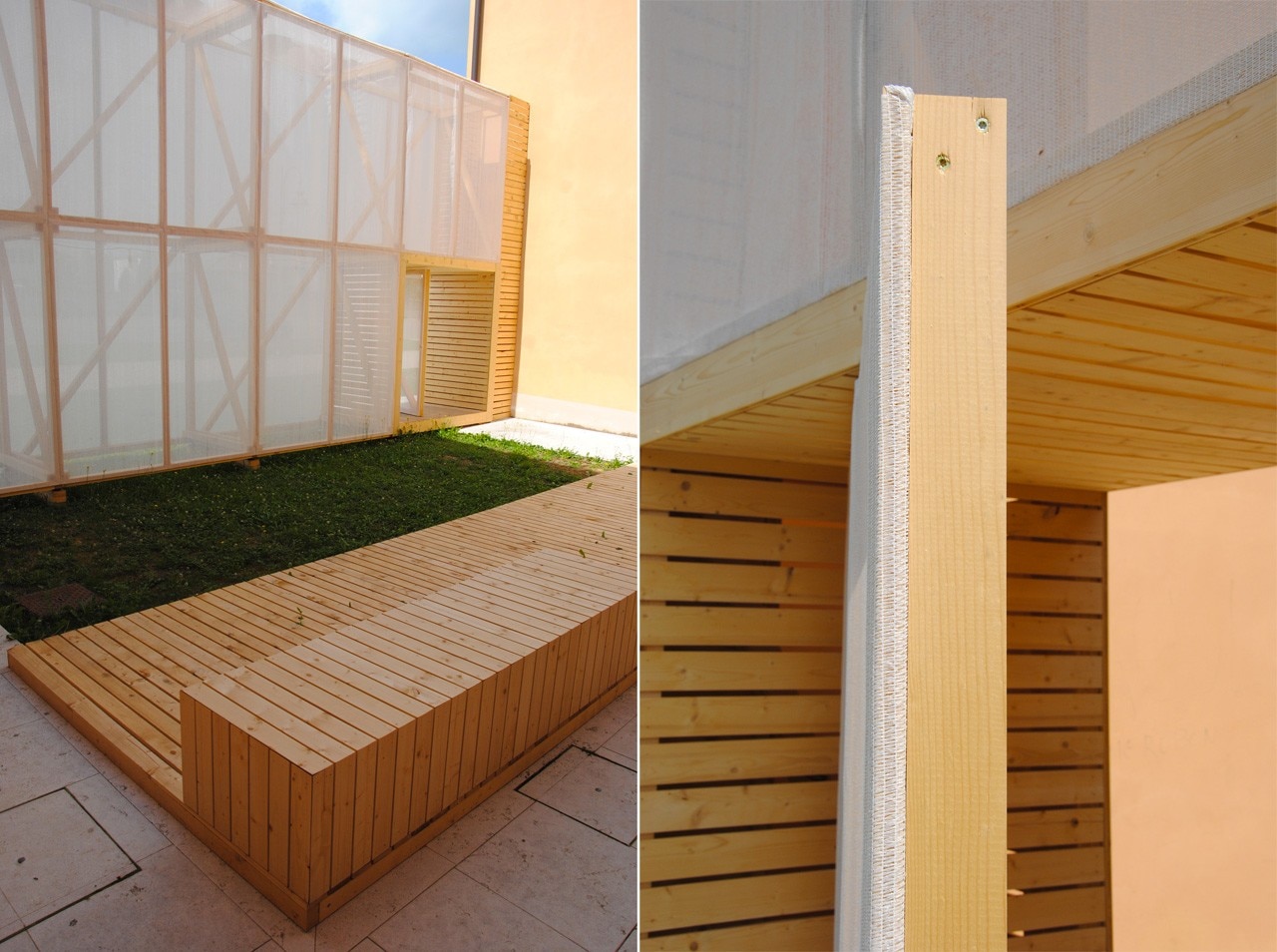
Nonetheless, the temporary installations remained the real fulcrum of the initiative, providing an excuse to test the concepts and arguments expressed during the talks.
Architettando concentrated its design action on the roof of an underground car park, within the city walls in Campo di Santa Marta, transforming a portion of the green expanse into a decontextualised beach by revisiting the concepts of the jetty and sun-lounger, introducing sand where it has never been. This allowed people to breach the forced boundary of the pavement around the project zone without feeling guilty.
